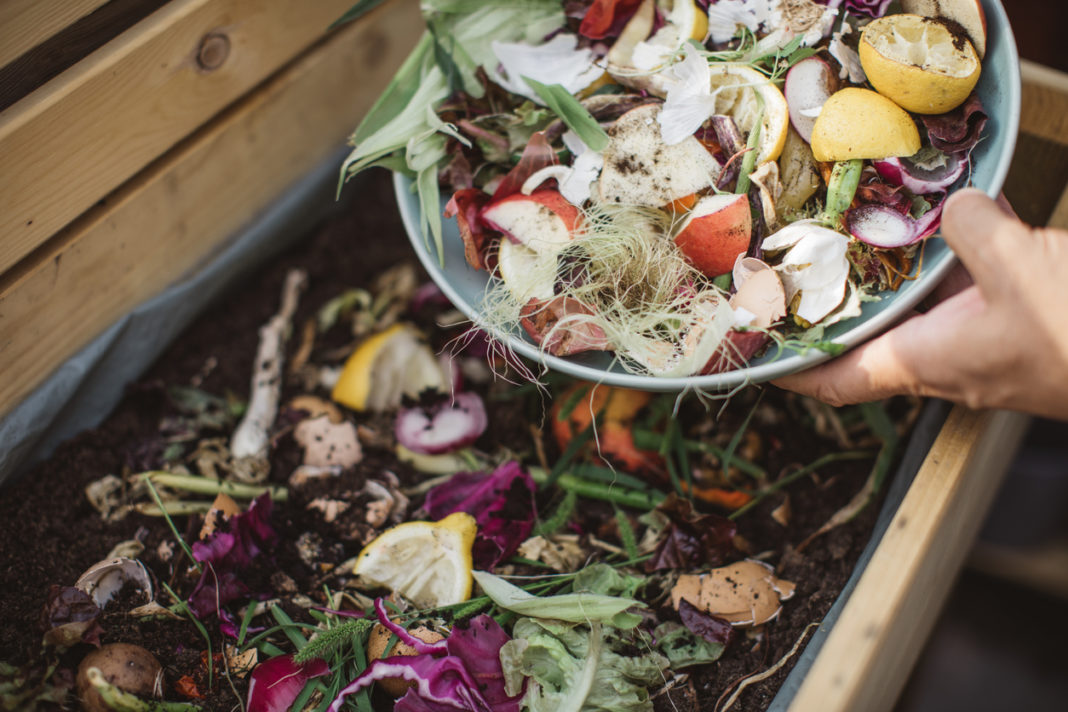Composting is the process of decomposing household and garden ‘waste’ into nutrient-rich soil improver, using minimal output (that is, human labour), for maximum gain (enviously abundant, healthy plant life).
Anyone can create compost and on any scale; your composting system can be as elaborate or as simplistic as you like. With 1-7 May marking International Compost Awareness Week in Australia, here are some tips to start your composting journey.
How you compost will largely depend on time and space, what style of garden you have, and whether you need to consider children or pets.
Purpose-made bins can be readily purchased in a variety of shapes, sizes and styles – you can also use a compact Bokashi system if you live in an apartment or don’t have many scraps.
Alternatively, you can make your own compost bin using pallets, chicken netting, non-treated recycled timber, bricks, plastic garbage bins with the bottoms cut out, bales of straw, or simply freestanding and out in the open. You can even bury your compost and let nature do the work for you.
Compost can be made aerobically or anaerobically, i.e. with or without air. Aerobic composting relies on volume (one cubic metre is optimum), the right mix of carbon and nitrogen-rich ingredients, and regular turning to generate heat – the pile needs to reach 55oC, and no more, at least three times during the process.
Anaerobic composting, on the other hand, still requires a complementary mix of carbon and nitrogen ingredients but without the regular turning or continually high heat. This method is less labour intensive and a slower process; depending on conditions, it could take 5-12 months to have a garden-ready product, as opposed to the aerobic method, which can be ready in as little as three weeks (check out Berkeley method).
Anything which was once living and hasn’t had an excess of sodium or oil added to it can be composted. Avoid using dairy and meat products if you are composting using the cold method, have pets, or if you are still to master the hot method (unhealthy compost attracts vermin and causes odours).
As a guide, layer approximately 25 parts carbon (such as deciduous leaves, shredded paper with black ink only, hair, straw, untreated sawdust) to one part nitrogen (kitchen scraps, coffee grounds, green waste from the garden) until the bin is full. Cutting ingredients into smaller pieces significantly speeds up the process. Keep the pile moist and protected from weather.
To increase the amount of compost produced, consider collecting coffee grounds from your local café, deciduous leaves from roadsides, shredded paper from work, and veggie scraps also from workplaces and non-gardening neighbours – adhering to self-isolation protocols, of course!
If your compost smells revolting and is too wet, add more carbon ingredients, a sprinkle of Dolomite or garden lime (optional), and give it a good turn. If it is dry and lifeless, add more nitrogen ingredients, add moisture, and give it a good turn.



